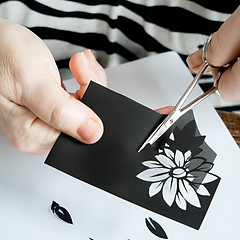Brown Fleet skippers set sail with passengers on traditional ships for recreational and/or educational purposes. The Brown Fleet is also known as charter fleet. The skipper, together with the crew, watches over safety as they move from A to B in the most sustainable manner possible. This requires specific knowledge and skills about and around the ship, the navigation and meteorology. Besides nautical knowledge, they also have knowledge about nature, geography and the environment in a wider sense.
Passengers often actively participate with the crew. Under supervision, they set the sails, trim, climb the rigging, operate the leeboards or take their turns in the watches. Sometimes, they simply let themselves be transported and entertained.
Maintenance of the ship and technology on board are part of the job. When not sailing, usually in winter, the sails are checked and repaired, and smaller jobs are picked up, like rust chipping, painting, varnishing and cleaning. Skippers and crew also follow training and courses. Every skipper of the Brown Fleet is trained and qualified, but practice is the greatest teacher. Every skipper started out as a deckhand or 'mate' and so learned the trade on board: the jargon, sailing operations, mooring and docking, directing passengers and manoeuvring in ports.
The ships of the Brown Fleet are the living decor of many port cities. While sailing, the ships and skippers contribute to the cultural landscape. At international maritime events ('sails'), they attract an audience of millions.



